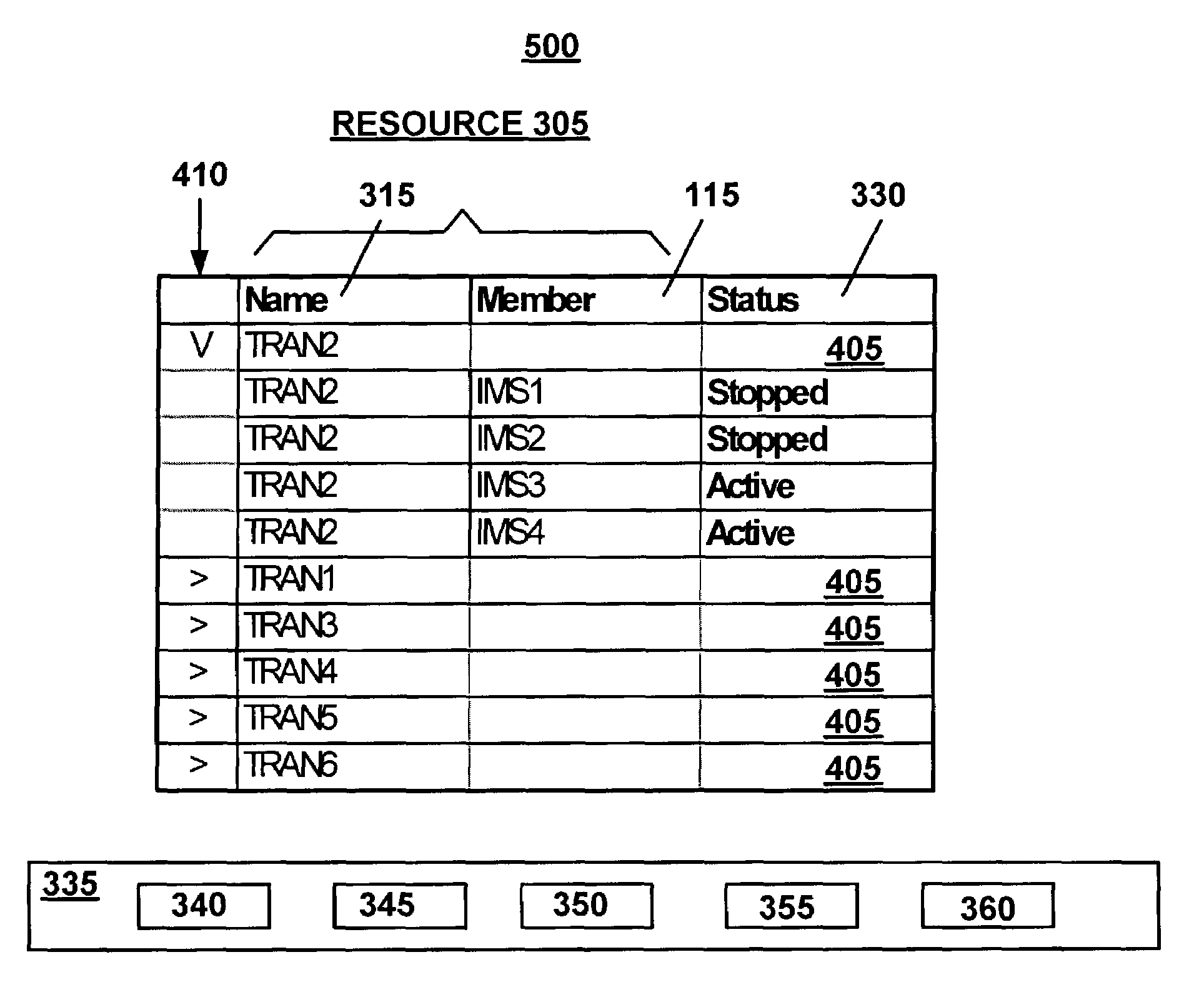Method for flagging differences in resource attributes across multiple database and transaction systems
a technology of resource attributes and transaction systems, applied in hierarchical databases, multi-dimensional databases, instruments, etc., can solve the problems of inefficiency and cost of subsystem administration, the structure of these database management systems is often very complex, and the number of objects in these database management systems generally poses significant challenges
- Summary
- Abstract
- Description
- Claims
- Application Information
AI Technical Summary
Benefits of technology
Problems solved by technology
Method used
Image
Examples
Embodiment Construction
[0048]The following definitions and explanations provide background information pertaining to the technical field of the present invention, and are intended to facilitate the understanding of the present invention without limiting its scope:
[0049]Internet: A collection of interconnected public and private computer networks that are linked together with routers by a set of standards protocols to form a global, distributed network.
[0050]Table: Data arranged in rows and columns. A spreadsheet is an example of a table. In a relational database management system, the information can be stored in the form of tables.
[0051]Imaging: A process of backing up data from one computer system to another by making a mirror image of the data of the system to be backed up available on another system.
[0052]Difference: A comparison process of two or more object attributes that results in one or more object attributes not being the same as the others. A difference defines an exception state.
[0053]FIG. 2 ...
PUM
 Login to View More
Login to View More Abstract
Description
Claims
Application Information
 Login to View More
Login to View More - R&D
- Intellectual Property
- Life Sciences
- Materials
- Tech Scout
- Unparalleled Data Quality
- Higher Quality Content
- 60% Fewer Hallucinations
Browse by: Latest US Patents, China's latest patents, Technical Efficacy Thesaurus, Application Domain, Technology Topic, Popular Technical Reports.
© 2025 PatSnap. All rights reserved.Legal|Privacy policy|Modern Slavery Act Transparency Statement|Sitemap|About US| Contact US: help@patsnap.com



